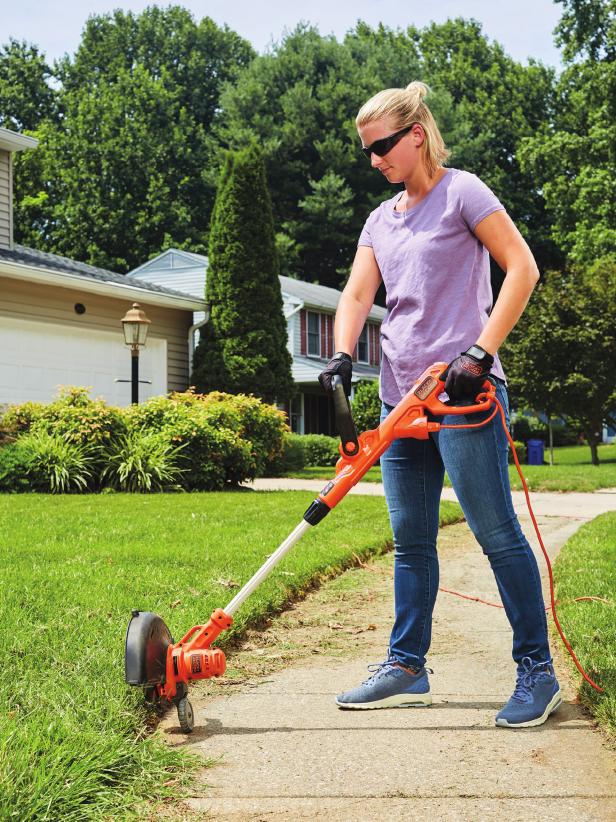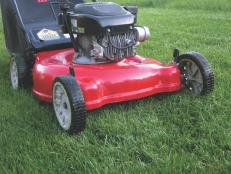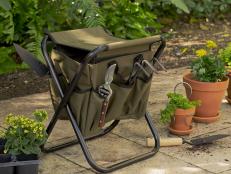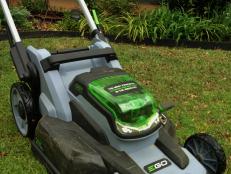Tips on Buying a String Trimmer
Before you plunk down good money for a new weed-eater, learn what features to look for to help keep your yard neat and tidy.
To create the look of a professionally groomed landscape, you need one tool in your shed: a string trimmer. Also known as a weed-eater or weed-wacker, it’s the secret weapon to giving your planting areas and hardscape a polished look.
Typically, you use a string trimmer for those areas that a mower can’t reach. But the newest models offer innovative features that elevate them from just a handy gadget to a versatile tool. Imagine a weed-eater that can help you mow under the kids’ trampoline or rototill your garden. Today’s trimmers do all that and more. Bottom line, a good string trimmer makes the job of maintaining a yard a lot easier, eliminating back-breaking chores like hand-clipping or hand-edging.
Ask Yourself a Few Questions
Whether you’re an old hand at string trimming or this is your first time buying one, learning how to choose a string trimmer isn’t difficult. Start by looking at your landscape and asking a few basic questions.
How big is your yard? With a small yard, an electric corded or battery-powered weed trimmer makes quick work of trimming chores. For a large yard, choose a trimmer with enough runtime to tackle the whole job at once. Cordless, battery-powered trimmers can handle large jobs, but you might need to buy an extra battery to ensure you have the power capacity to do the whole yard at once.
What kinds of obstacles do you have? Look at what you’ll be trimming around. If you’re working around basic planting beds or trees, it’s not hard to maneuver a corded electric string trimmer. But if you’re trimming around large items like a swing set, it’s tough to keep the cord from tangling. In this case, a battery- or gas-powered trimmer would work better.
How many areas need edged? Any string trimmer can cut sharp lawn edges along hardscape or planting beds (you just tilt the trimmer). But newer trimmers feature heads that flip to create a rolling lawn edger — and you don’t need any real skill to do the job well. If you have many areas to edge, consider a trimmer with a built-in edger.
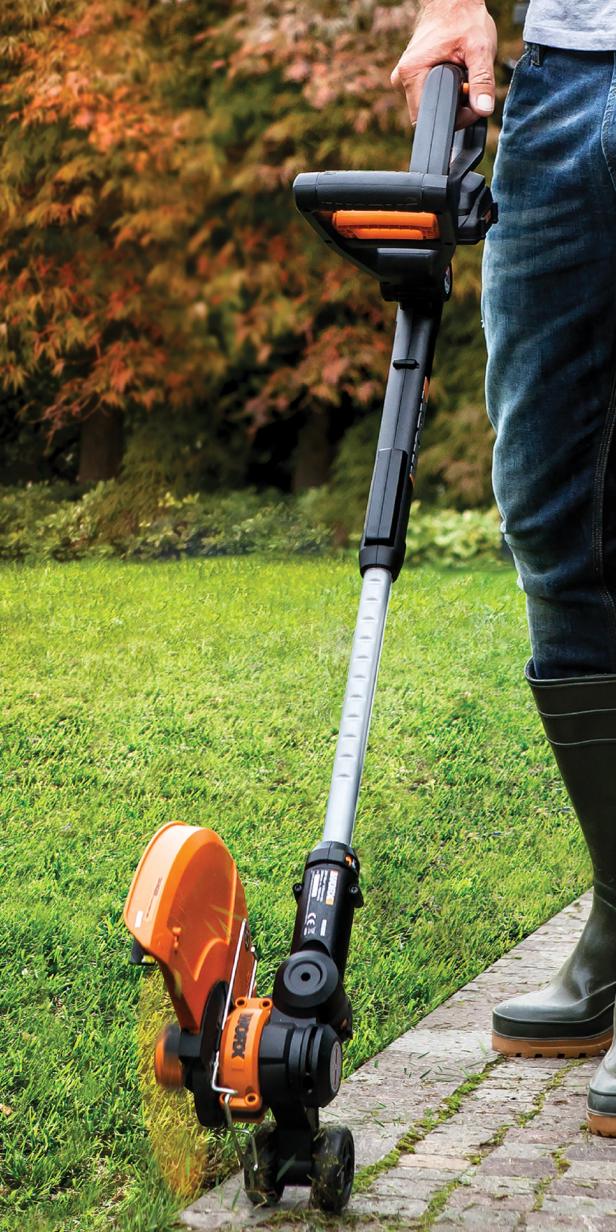
Worx.com
Choose a Power Source
Battery: In most situations, a cordless electric string trimmer provides enough runtime and cutting power to handle the average residential yard, especially with the latest advances in lithium-ion battery technology. The one caveat with a battery-powered trimmer is that you'll probably need a second battery so that if one runs out of power while trimming, you can finish the job by popping in the spare. Prices range from $75 to more than $200 and spare batteries can range from $40 to $125.
Browse: Battery-Powered String Trimmer
Gas: Gas-powered weed-eaters are traditionally the go-to choice for large yards where extended runtime is needed. They’re also the right buy for cutting down thick, heavy brush. Gas engines demand specific fuel mixes and more maintenance than electric trimmers. Prices range from $125 to over $200.
Shop: Gas-Powered Weed Trimmers
Electric: Corded electric weed trimmers usually offer enough power for average yards, although the cord can limit their usefulness. They’re the cheapest option with prices topping out around $50.
Peruse: Electric Weed Trimmers
Features to Consider
- Weight: Choose a weed trimmer that you can easily handle and carry. Consider weight as you choose optional attachments. You can’t use a pole pruner attachment if you can’t lift the tool.
- Good balance: Ergonomic models make keeping the trimmer at the right angle easy without having to make constant adjustments. Top-mount motors generally offer the best balance. Look for trimmers with adjustable-length shafts or handles so you can customize the size to your height.
- Noise output: Gas-powered trimmers are always the loudest; corded electric and battery-powered trimmers are quieter. Even so, it’s best to use ear protection when running string trimmers. The manufacturer’s instructions specify the type of ear protection you need.
- Low vibration: Operating gas-powered trimmers can leave your hands numb due to the intense vibrations the machine produces. Look for a trimmer with anti-vibration technology. It’s standard fare in most newer models.
- Easy feeding and loading: Weed trimmers cut via a rapidly whirling string. Investigate how easy it is to feed and load replacement string. Some models offer free pre-wound string refills for life. Others let you load the string yourself, giving you control over how heavy a string you use (a heavier gauge cuts thicker weeds). Just be sure to follow manufacturer recommendations regarding string gauge. Use something too heavy, and you risk burning out your trimmer’s motor.
- Safety features: Standard safety guards should include a shield over the string to prevent debris (rocks, weeds, mulch pieces, etc.) from flying and striking you. Many models offer a cutting guard that extends to limit the trim range and protect plantings.
- Other uses: A weed trimmer can offer a host of optional attachment heads to expand its usefulness. Options include things like an edger, blower, pole saw, hedge trimmer, mower or tiller.
- Connection capability: Some models feature a universal connector that lets your trimmer work with attachments from other brands — without voiding the warranty.

.-Battle-on-the-Beach-courtesy-of-HGTV.-.jpg.rend.hgtvcom.196.196.suffix/1714761529029.jpeg)






